Researchers at Goethe University Frankfurt are challenging Albert Einstein's theory of general relativity by using black hole shadows to test the limits of his famous equations. According to a recent study, new simulations and future ultra-sharp telescope images may uncover signs that Einstein's theory does not tell the whole story. The researchers are utilizing the Event Horizon Telescope (EHT) collaboration's images of supermassive black holes at the centers of the galaxy M87 and the Milky Way to conduct their research.
Dr. Stefan Gillessen, a lead researcher on the project, explained that "black holes are often described as cosmic gluttons, consuming everything that drifts too close, including light itself." However, the images captured by the EHT collaboration a few years ago revealed that the observed phenomenon is not the black hole itself, but rather the hot matter in its immediate vicinity. This observation has sparked a new wave of research, aiming to understand the behavior of black holes and the validity of Einstein's theory.
Einstein's theory of general relativity, introduced in 1915, revolutionized our understanding of gravity and its effects on space and time. However, the theory has faced challenges and criticisms over the years, particularly in the context of black holes. The recent study suggests that the observed behavior of black holes may not be fully explained by Einstein's equations, potentially opening up new avenues for research and a deeper understanding of the universe.
The researchers are using advanced simulations and machine learning algorithms to analyze the EHT images and compare them with predictions made by Einstein's theory. The goal is to identify any discrepancies or anomalies that could indicate that Einstein's theory is incomplete or incorrect. According to Dr. Gillessen, "the results of this research will have significant implications for our understanding of the universe and the laws of physics that govern it."
The implications of this research extend beyond the realm of theoretical physics, with potential applications in fields such as cosmology, astrophysics, and even engineering. A deeper understanding of black holes and the behavior of matter in extreme environments could lead to breakthroughs in areas such as gravitational wave detection, space exploration, and the development of new technologies.
The current status of the research is that the team is analyzing the EHT images and comparing them with simulations. The results are expected to be published in a peer-reviewed journal in the near future. The next development in this research is the planned upgrade of the EHT telescope, which will enable even sharper images and more precise measurements of black hole behavior. This upgrade is expected to provide further insights into the nature of black holes and the validity of Einstein's theory.
The research team is also exploring the use of artificial intelligence and machine learning algorithms to analyze the EHT images and identify patterns that may indicate the presence of anomalies or discrepancies. According to Dr. Gillessen, "the use of AI and machine learning in this research is a game-changer, allowing us to analyze vast amounts of data and identify patterns that may have gone unnoticed by human researchers."
In conclusion, the research at Goethe University Frankfurt is challenging Einstein's theory of general relativity by using black hole shadows to test the limits of his famous equations. The results of this research have significant implications for our understanding of the universe and the laws of physics that govern it. The use of advanced simulations, machine learning algorithms, and AI is enabling researchers to analyze the EHT images and identify patterns that may indicate the presence of anomalies or discrepancies. The next development in this research is the planned upgrade of the EHT telescope, which will enable even sharper images and more precise measurements of black hole behavior.
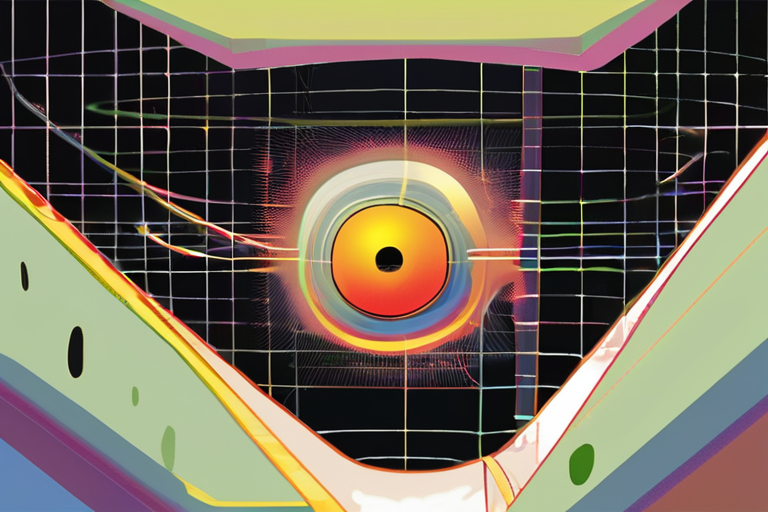


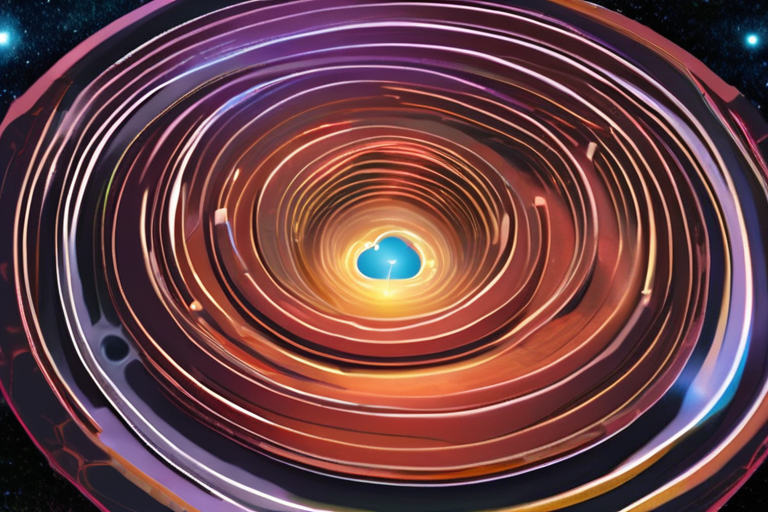
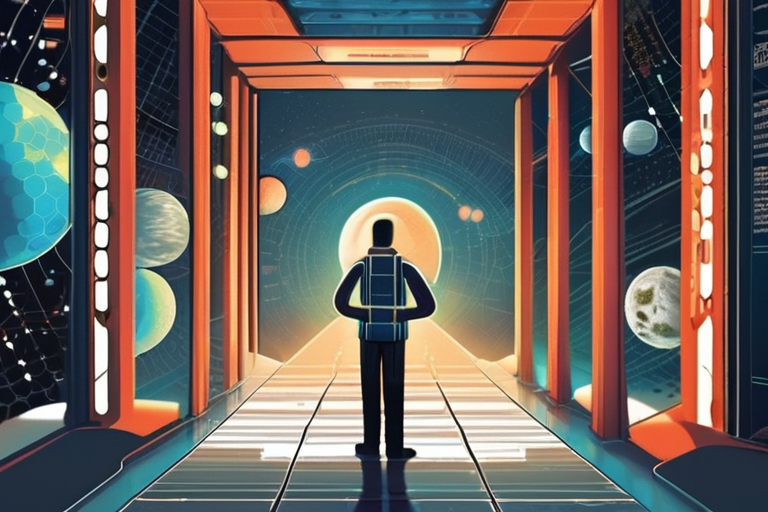



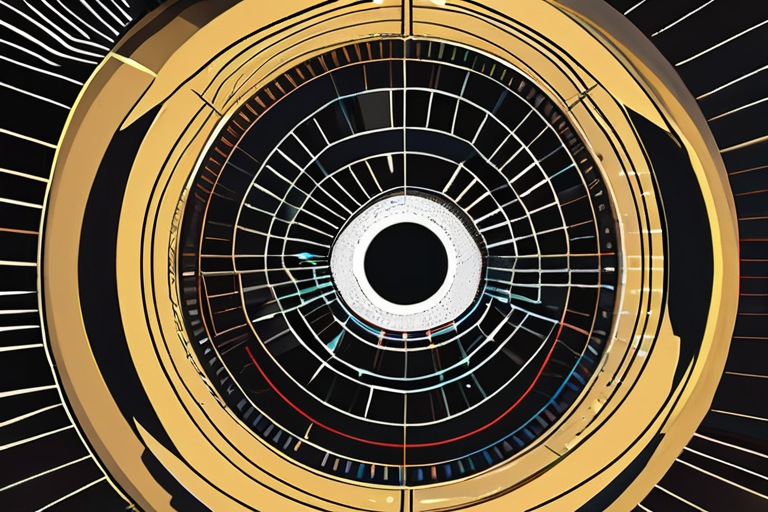

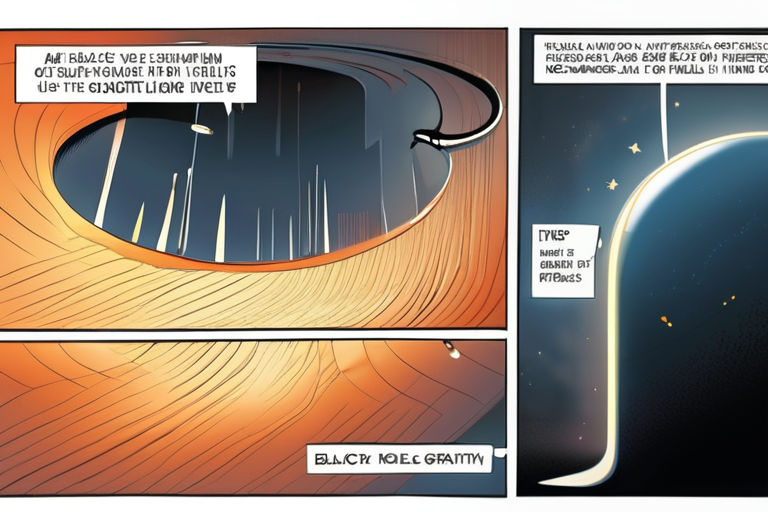
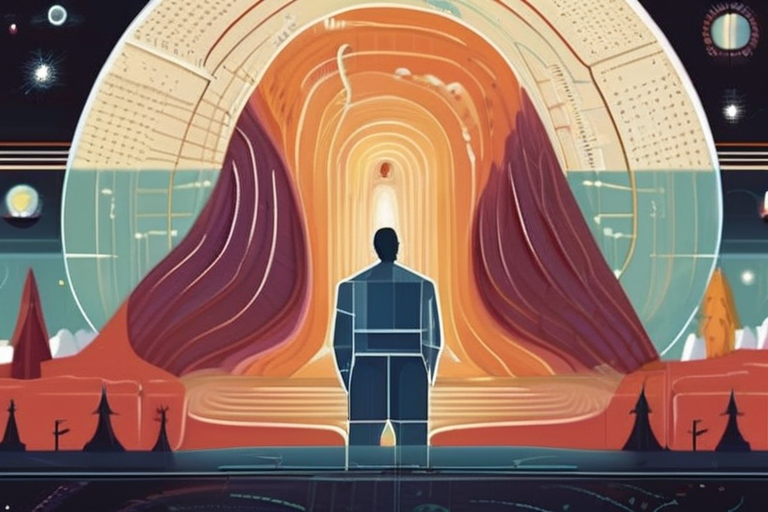


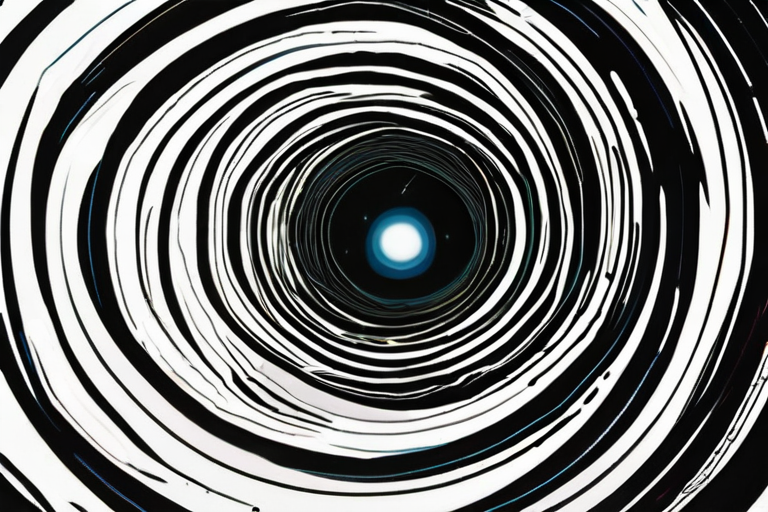
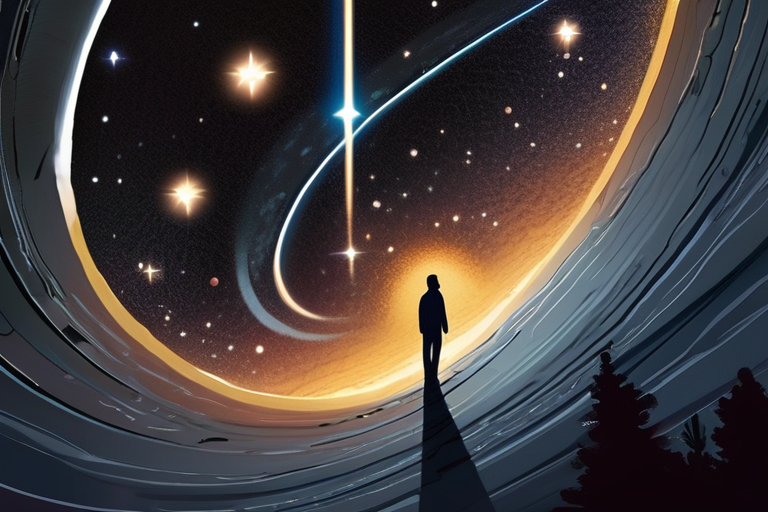
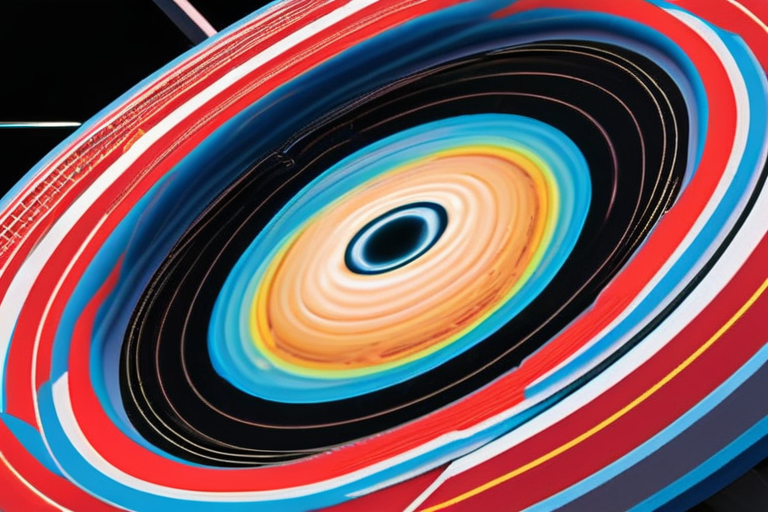
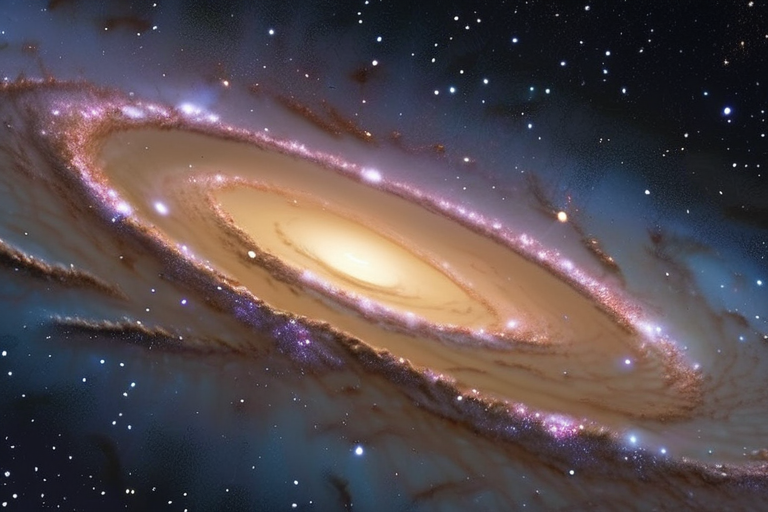
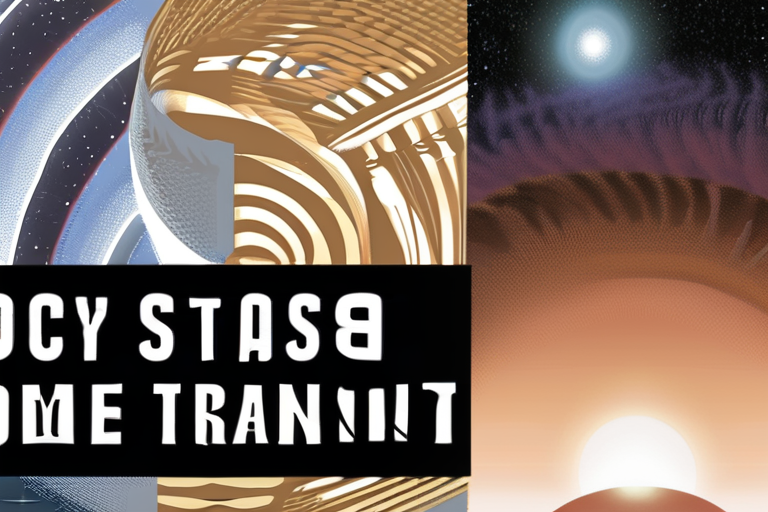


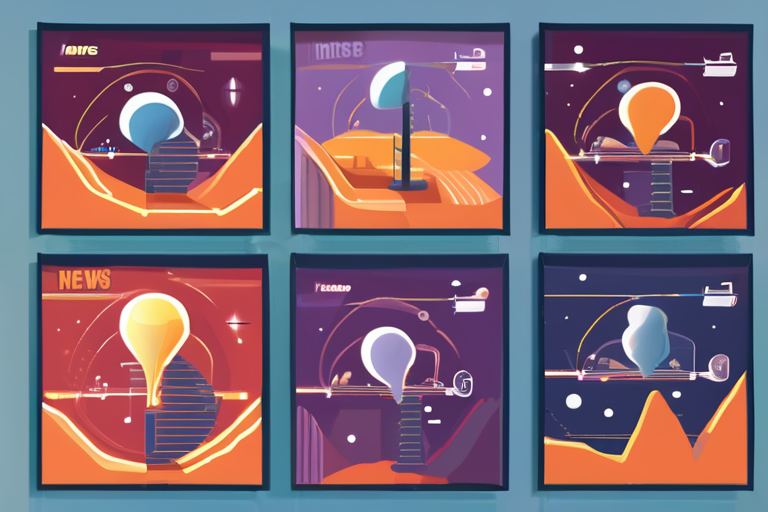

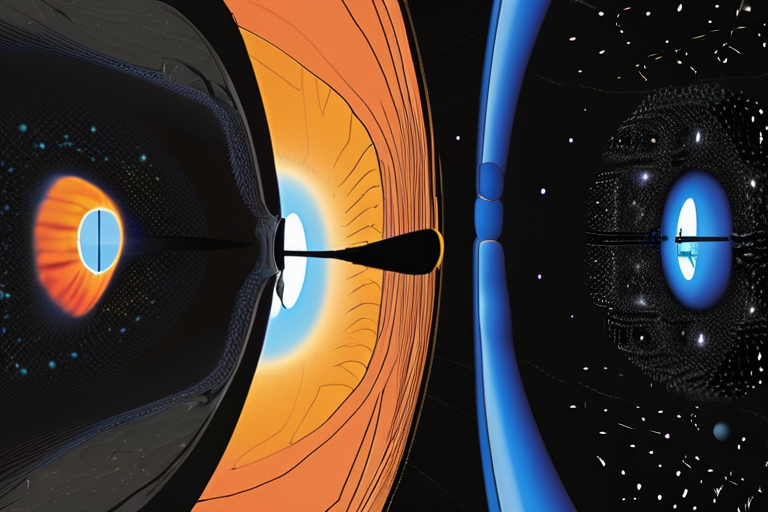

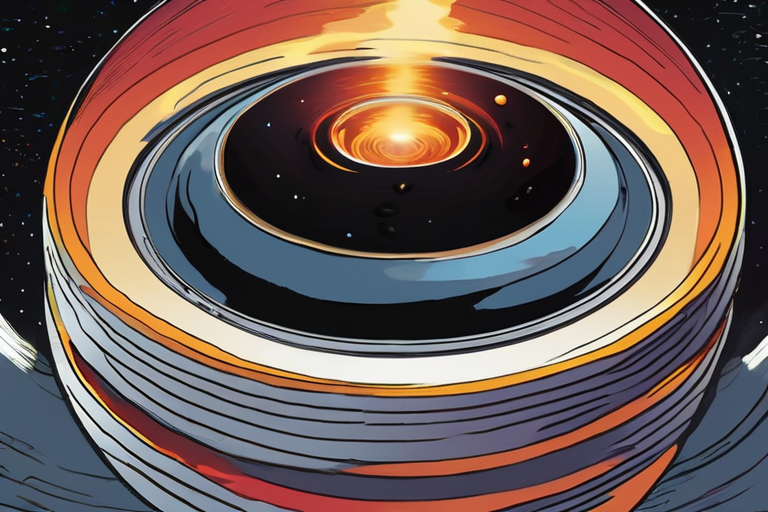

Share & Engage Share
Share this article